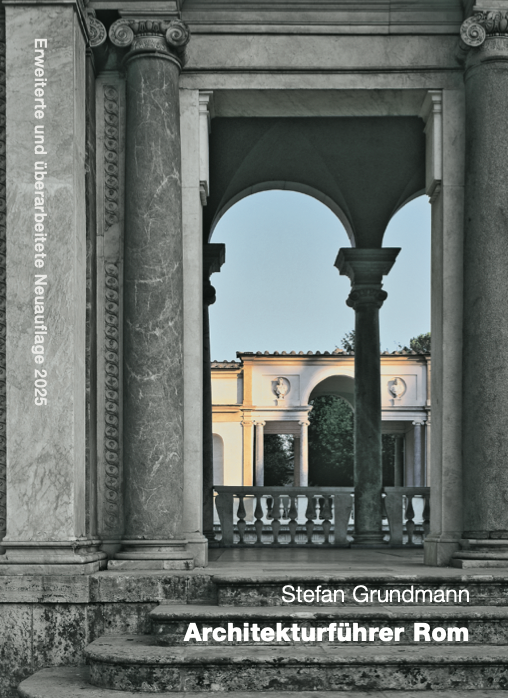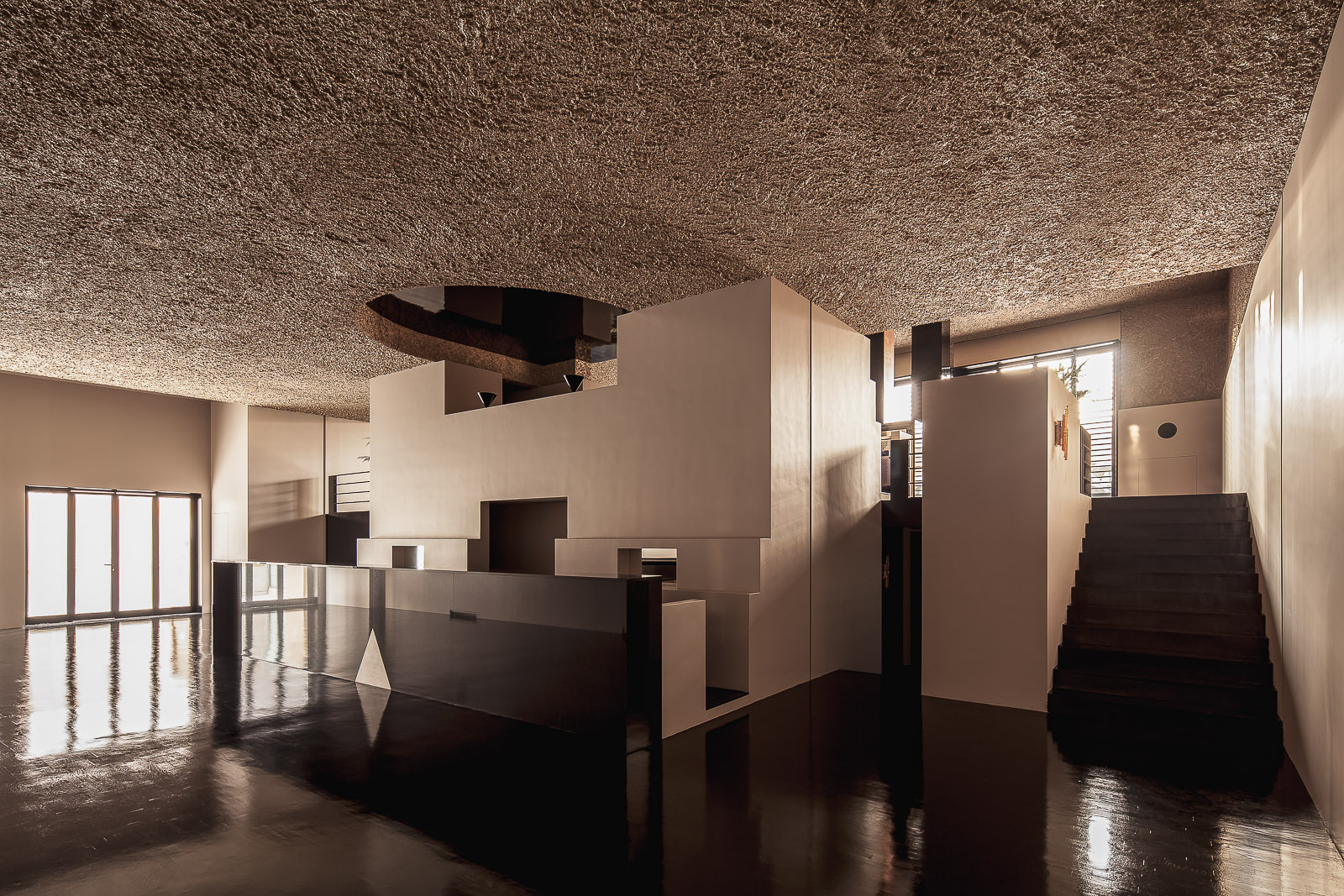
Description
Stefan Grundmann
That Rome is rightly called the ‘eternal city’ has been repeatedly experienced by architects and artists over the centuries. Rome is eternal primarily because it has always rejuvenated itself, always remained ‘in step with the times’. For over 2,000 years, the prototypes of Western architecture have been created here, and the history of European architecture has been written here. The foundation was laid in ancient Rome, when interior spaces were consciously designed for the first time, making space tangible as something eminently corporeal. Even then, the building types that remain valid to this day began to be developed, establishing the cornerstones of later Western architecture. Rome’s pre-eminence has remained unbroken in this tradition—whether with Old St. Peter’s as the first medieval basilica or New St. Peter’s as the building where Bramante and Michelangelo developed the High Renaissance; whether with the works of Bernini and Borromini, whose lucid and rich spatial forms shaped the Baroque as far as Vienna, Bohemia, and Franconia; or with modern buildings, which in Rome hold some unexpected gems. All of this can only be understood if presented historically, that is, in its chronological sequence. Therefore, the guide does not follow the usual topographical order but instead adopts a chronological arrangement. Thus, one does not move randomly from a Baroque building to an ancient or modern one but follows the historical development step by step. Each epoch is preceded by an introduction outlining its guiding principles. This creates a continuous, richly illustrated history of the architecture of the city of Rome—and thereby also of the entire Western world. Practical usability is ensured by an alphabetical index and detailed maps, whose information not only brings the historical image directly to life but also allows for the choice of one’s own paths through history.
M86-M88 Palazzo Rhinozeros, Off Club, Vestibule Domus Aurea
A series of interior designs of older buildings have attracted attention over the past five or ten years, impressively shaping this genre, which fits so well into the multilayered, millennia-old texture of Rome. This was not without precursors in the decades before (M63 and M69), such as those by Quaroni and Portoghesi. Of the three examples, the most accessible is the Palazzo Rhinozeros by the French star architect Jean Nouvel. Conversely, the Off Club (formerly Anima Restaurant) by the up-and-coming Sicilian young star Antonino Cardillo is under renovation in 2025, and Stefano Boeri’s entrance design for Nero’s Domus Aurea (A24) (with the entire ancient attraction) is only accessible by booking a guided tour, at least in 2024 at prohibitively high prices. However, the spectrum opened up by all three is remarkable. […]
The Sicilian Antonino Cardillo sublimates in the Off Club (M87) the aesthetically impressive use of exposed concrete and plaster surface designs. Its roots lie in the early villas and, more generally, in the work of Le Corbusier, but it was further developed in the (upper) Italian-Ticino region, especially by Mario Botta and Carlo Scarpa. The clarity of geometric forms that characterise the articulation of walls, combined with the tactile impression conveyed by the rough—but precisely smooth-edged—(plaster) surface, has thus been ‘inherited’ by Cardillo. He himself adds two main elements: the play with various, also differently coloured light sources, and the much stronger emphasis on the autonomy of individual parts, such as inserted arches, floating segments, or geometric bodies, as well as views and the illusion of intervening empty spaces. An impression of theatricality arises, as does spirituality (psyche), to which the architect points—rich, intellectually demanding. This is postmodern in spirit, but above all adapted to the fascinating experience for which his spaces are repeatedly conceived. The designs are characterised—both in form and in use—by a sense of the ephemeral and the enigmatic, almost a reflection of his subtle formal language. The Off Club, formerly Anima Restaurant, is still closed for renovation in 2025, while other works by Cardillo in Rome, such as the Mondrian Suite Art Gallery and House of Dust, are permanently inaccessible.

Antonino Cardillo, Off Club, Rome, 2018. Photograph: Antonino Cardillo